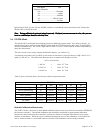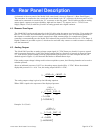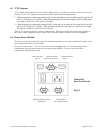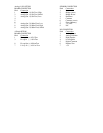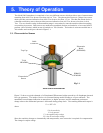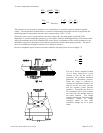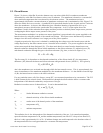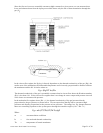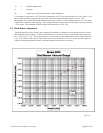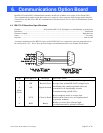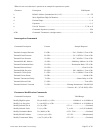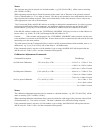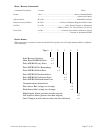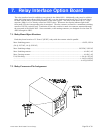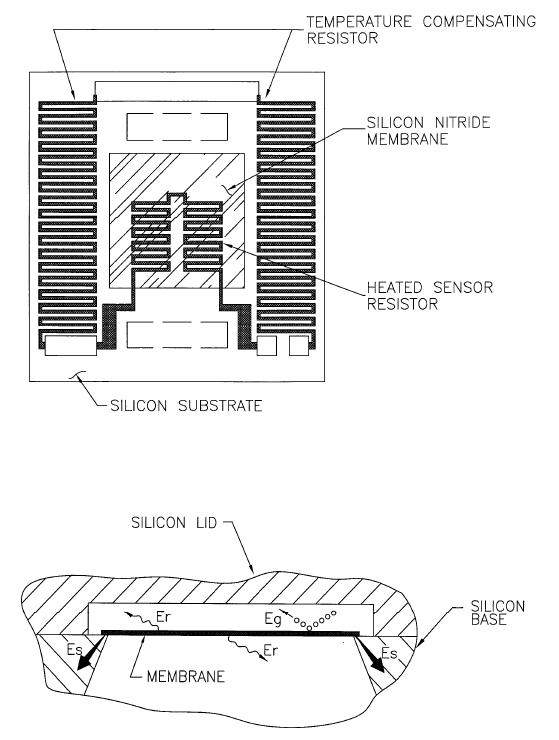
149-072011 Model 2002 Vacuum Gauge Page 21 of 38
Since the first two losses are essentially constant at high vacuum for a given sensor, we can measure these
losses and subtract them from the input power which leaves only the rate of heat transmission through the
gas (E
g
).
In the viscous flow regime, the Eg loss is directly dependent on the thermal conductivity of the gas (Kg), the
surface area of the membrane, the differential temperature and is inversely proportional to distance between
the membrane and the lid. It can be written as
Eg = (Kg DT As)/Dx
The thermal conductivity of the gas is essentially constant when in viscous flow where the Knudsen number
(Kn) is less than 0.01. In the viscous flow regime there is no change in sensor output with pressure since all
of the losses are constants with pressure.
In the molecular flow regime where (Kn > 1) the thermal conductivity of the gas becomes directly
proportional to the gas pressure as shown below. We can expect then that Eg will be constant at high
pressures and directly proportional to the pressure at low pressures. The energy loss Eg, changes between
these two controlling equations as the system passes through the transition region (0.01 < Kn < 1).
Eg = arLt(273/Th)1/2(Th-Ta)AgP
Where
ar = accommodation coefficient
Lt = free molecule thermal conductivity
Th = temperature of heated membrane



